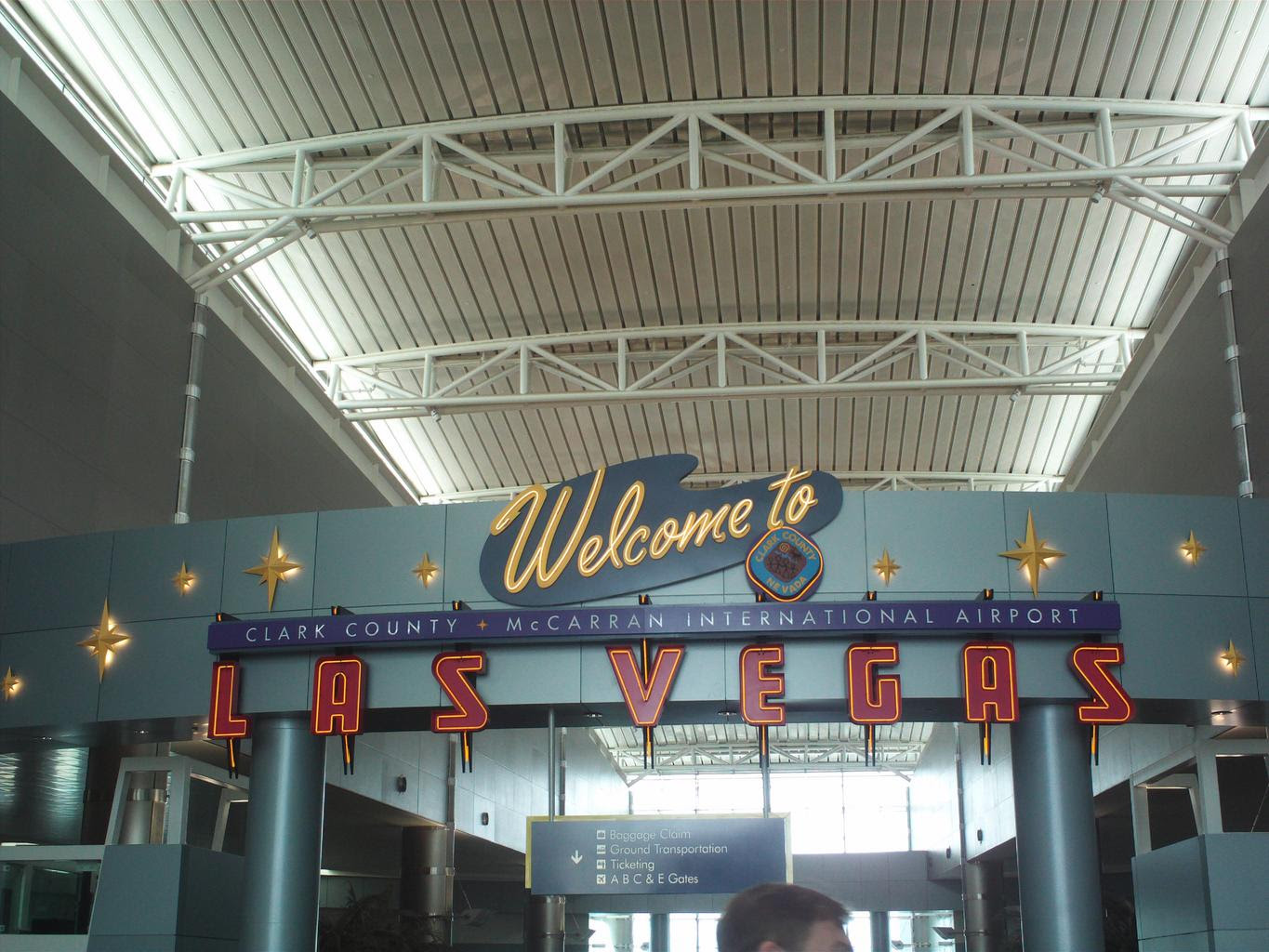QUALITIES OF ACCOUNTABLE EXECUTIVE, CEO
QUALITIES OF ACCOUNTABLE EXECUTIVE, CEO
Mindful of Danger. .
Top managers are ever-mindful of the human and organizational factors that can endanger their operations.
Acceptance of Setbacks.
Top management accepts occasional setbacks and nasty surprises as inevitable. It anticipates that employees will make errors and trains them to detect errors and recover.
Commitment
Top managers are genuinely committed to aviation safety and provide adequate resources to serve this end.
Regular Meetings
Safety-related issues are considered at high-level meetings on a regular basis, not just after a bad event.
Events Reviewed
Past events are thoroughly reviewed at top-level meetings, and the lessons learned are implemented as companywide reforms, rather than local repairs.
Improved Defence.
After a mishap, the primary aim of top management is to identify the failed system defences and improve them rather than divert responsibility to particular individuals.
Health Checks
Top management adopts a proactive stance toward flight safety. It does the following:
- Takes steps to identify recurrent traps and remove them.
- Strives to eliminate the workplace and organizational factors likely to provoke errors.
- “Brainstorms” new scenarios of failure.
- Conducts regular “health checks” on the organizational processes known to contribute to mishaps.
Institutional Factors Recognised
Top management recognizes that error-provoking institutional factors (e.g., under-manning, inadequate equipment, inexperience, patchy training, bad human machine interfaces, etc.) are easier to manage and correct than fleeting psychological states such as distraction, inattention and forgetfulness.
Data
It is understood that the effective management of safety, just like other management processes, depends critically on the collection, analysis and dissemination of relevant information.
Sampling of ‘Vital Signs
Management recognises the necessity of combining reactive outcome data (i.e., near-miss and incident reporting) with active process information. The latter entails far more than occasional audits. It involves regular sampling of a variety of institutional parameters (e.g., scheduling, budgeting, procedures and training), identifying which “vital sign” is most in need of attention and then carrying out remedial action.
Employees Attend Safety Meetings
Meetings relating to flight safety are attended by employees from a wide variety of departments and levels.
Career Boost
Assignment to a safety-related function (quality or risk management) is seen as a fast-track appointment, not a dead end. Such functions are accorded appropriate status and salary.
Money vs. Safety
Safety Acknowledgment that commercial goals and safety issues can come into conflict. Measures are in place to recognize and resolve such conflicts in an effective and transparent manner.
Reporting Encouraged
Policies are in place to encourage everyone to raise safety-related issues. (One of the defining characteristics of a pathological culture is that messengers are “shot” and whistle-blowers dismissed or discredited.)
Trust
The company recognizes the critical dependence of a safety management system on the trust of the work force, particularly in regard to reporting systems. (A safe culture — that is, an informed culture — is the product of a reporting culture that, in turn, can only arise from a just culture.)
Qualified Indemnity
Policies relating to near-miss and incident-reporting systems make clear that the organization’s stance includes qualified indemnity against sanctions, confidentiality and the organizational separation of the data-collecting department from those involved in disciplinary proceedings.
Blame
Disciplinary policies are predicated on an agreed (i.e., negotiated) distinction between acceptable and unacceptable behaviour. All recognize that a small proportion of unsafe acts are indeed reckless and warrant sanctions, but the large majority of such acts should not attract punishment. (The key determinant of blameworthiness is not so much the act itself — error or violation — as the nature of the behaviour in which it is embedded. Did this behaviour involve deliberate and unwarranted risk-taking, or a course of action likely to produce avoidable errors? If so, then the act would be culpable regardless of whether it was an error or a violation.)
Non-Technical Skills
Line managers encourage their employees to acquire the mental (or non-technical) as well as the technical skills necessary to achieve safe and effective performance. (Mental skills include anticipating possible errors and rehearsing the appropriate recoveries. Such mental preparation at both the individual and organizational level is the one of the hallmarks of high-reliability systems, and goes beyond routine simulator checks.)
Feedback
The organization has in place rapid, useful and intelligible feedback channels to communicate the lessons learned from both the reactive and proactive safety information systems. Throughout, the emphasis is on generalizing these lessons to the system at large.
Acknowledgement of Error
The organization has the will and the resources to acknowledge its errors, to apologize for them and to reassure any victims that the lessons learned from such mishaps will help to prevent their recurrence.


